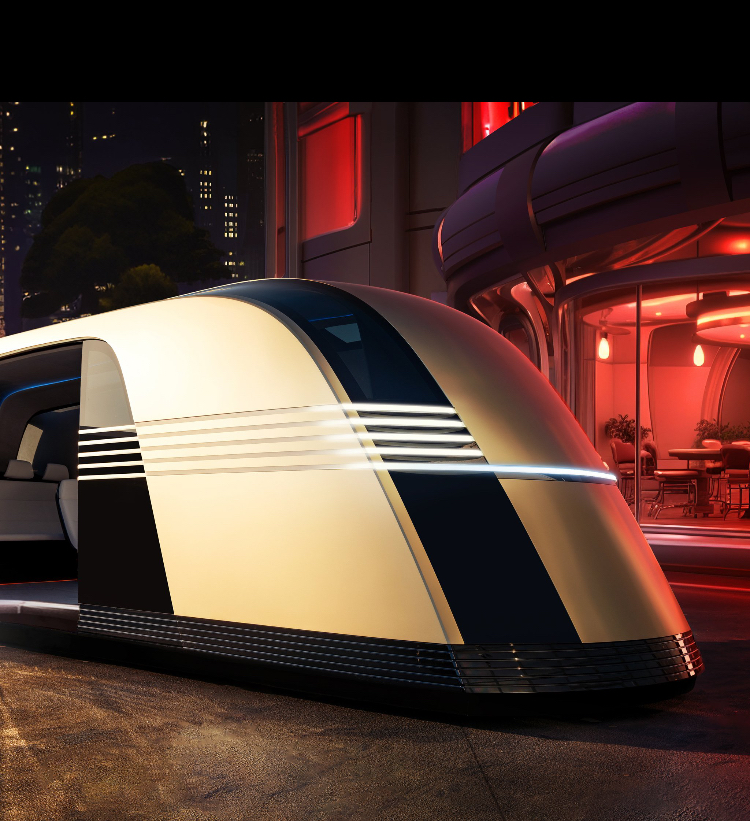Elon Musk unveiled Tesla’s highly anticipated “Cybercab” prototype on Thursday evening, a significant step toward the company’s goal of mass-producing AI-driven robotaxis. While the unveiling generated excitement, industry experts remain cautious about the vehicle’s readiness for public roads.
Musk announced that production could begin as early as 2026, targeting a price point below $30,000. This ambitious timeline aims to reassure investors after years of delays in Tesla’s self-driving car development.
Unlike competitors like Alphabet’s Waymo, which rely on a combination of sensors, Tesla’s approach is centered solely on computer vision and end-to-end machine learning. This method, while innovative, has drawn criticism for its potential limitations in handling “edge cases” – rare but critical driving scenarios.
Critics argue that Tesla’s reliance on computer vision alone creates a “black box” effect, making it difficult to understand and address potential issues in the event of an accident.
Industry experts share these concerns, emphasizing the need for greater transparency in autonomous driving systems.
Despite these challenges, Tesla’s push into robotaxis is motivated by a need to differentiate itself in a competitive electric vehicle market. The company’s affordable robotaxi vision could revolutionize transportation if successful.
While Musk has long predicted a future where cars without steering wheels become commonplace, many believe that Tesla still has a significant gap to close in terms of autonomous driving capabilities compared to competitors like Waymo.
As the Cybercab’s unveiling draws closer, investors are eagerly watching to see if Tesla can deliver on its promise of a safer, self-driving future.

